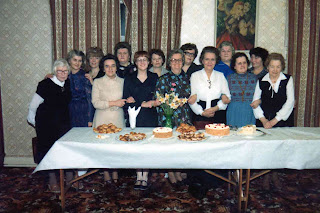The first one Sprīdītis attended was held 19th -22nd July in Cologne, Germany in 1973. The journey its self was amazing. Going by coach, sailing across the channel on a ferry followed by travelling through the Belgian countryside was quite the adventure. Accommodation was a huge to us dorm room. Midday and evening meals were at specified restaurants, a specially endorsed chit was required.
The days were filled with kokle practice, dance and song rehearsals. The actual performances were incredible, to be one of thousands of latvians united by music, song and dance was an amazing experience and a great privilege.
European. Latvian Song Festivals
Germany: Hamburg, 1964, Hanover 1968, Cologne 1973.
England: London 1978, Leeds1982.
Denmark: Gotland, 1986
England: London 1978, Leeds1982.
Denmark: Gotland, 1986









